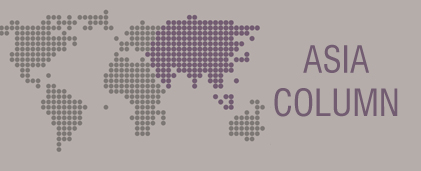Apr 17, 2014

CPI Asia Column edited by Vanessa Yanhua Zhang (Global Economics Group) presents:
Implications of International Experience for Evaluating Unfair Pricing under China’s Anti-Monopoly Law – David S. Evans (GlobalEcon/UChicago) Vanessa Yanhua Zhang (GlobalEcon) and Xinzhu Zhang (Chinese Academy of Social Sciences)
Abstract
This article develops an economic framework for applying the unfair pricing provisions of China’s Anti-Monopoly Law. It shows that virtually all jurisdictions around the world with such provisions have decided to consider unfair pricing claims only in exceptional circumstances, and rarely, if ever, in innovation-intensive industries. For those cases that pass this screen and receive consideration, the courts and competition authorities then, under the leading test, insist on substantial evidence that the price is significantly higher than cost and is unfair given the value provided to the buyer. The exceptional circumstances screen and the rigorous unfair pricing test are motivated by the recognition, supported by substantial empirical evidence, that successful firms must have the assurance of receiving significant rewards to induce them to invest time and capital in highly risky innovation that is the source of economic growth and welfare. The approach followed on unfair pricing by jurisdictions around the world is consistent with modern Chinese economic policy.
China’s Anti-Monopoly Law contains an unfair pricing provision, Article 17
...THIS ARTICLE IS NOT AVAILABLE FOR IP ADDRESS 216.73.216.89
Please verify email or join us
to access premium content!
